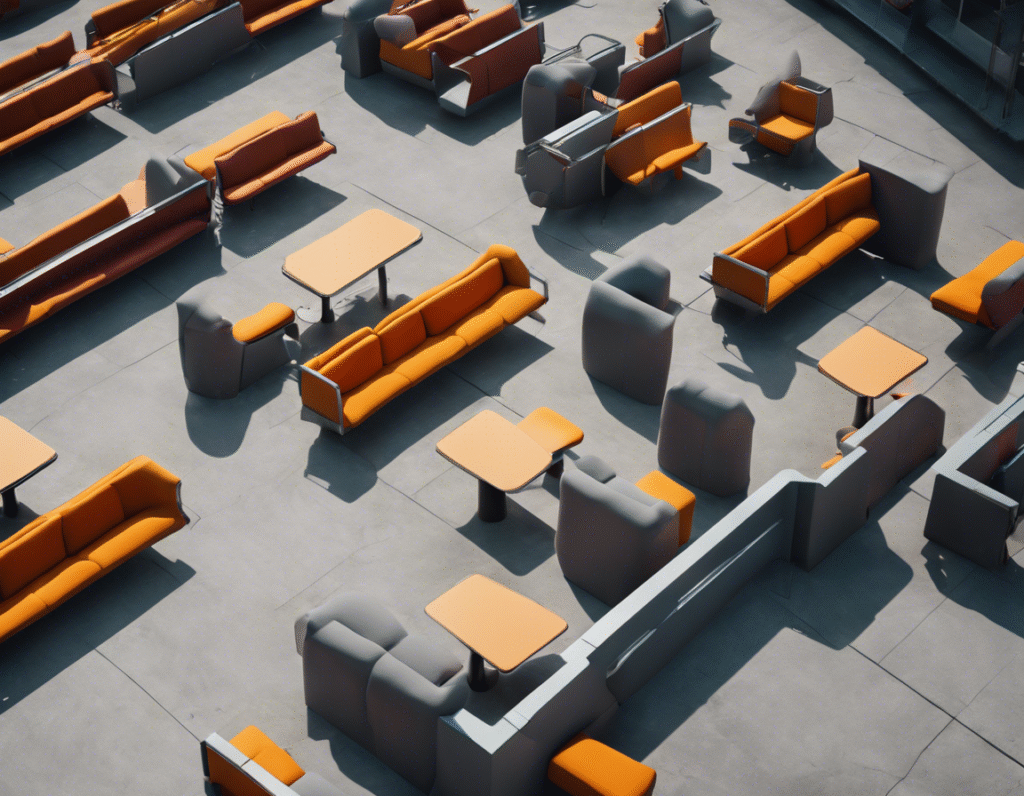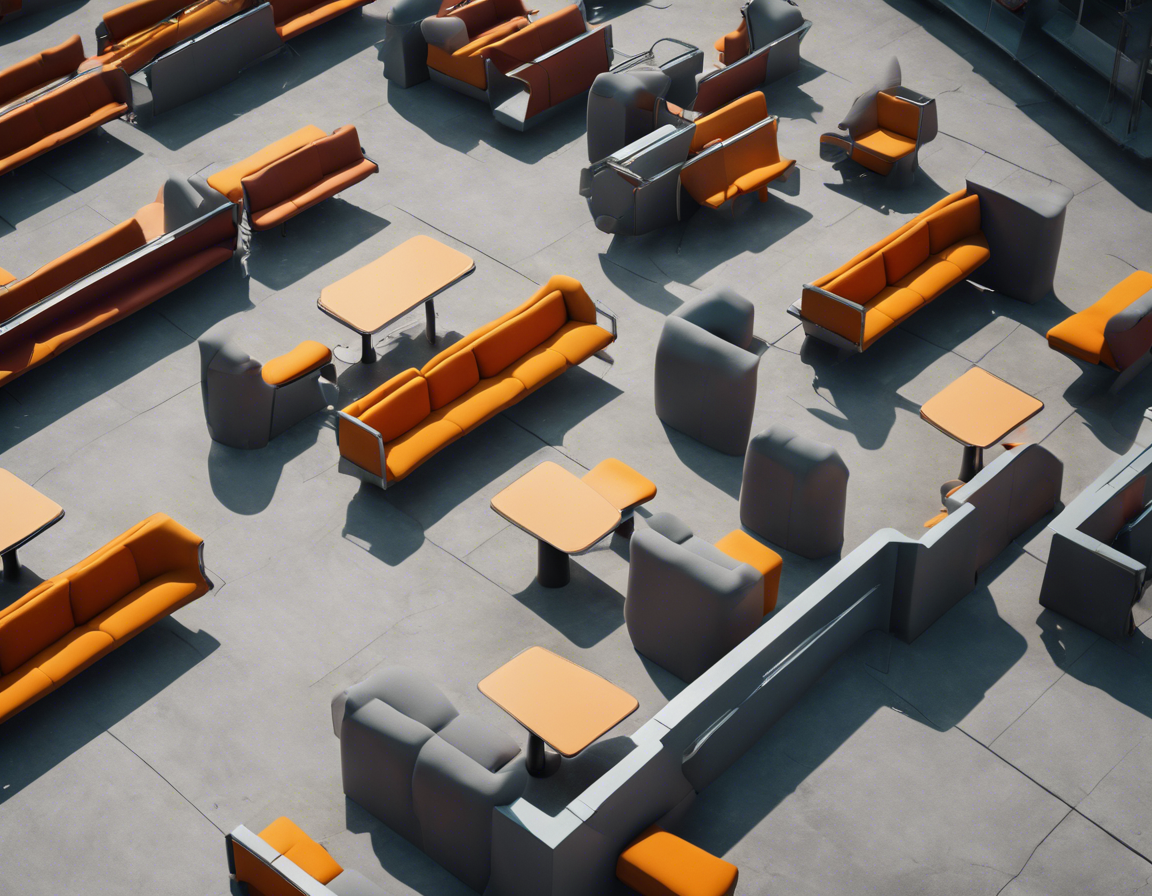Hostile architecture, also known as defensive design or exclusionary design, refers to the use of urban planning strategies and design elements to manipulate human behavior in public spaces. While these measures are often implemented with the intention of increasing safety and security, they can sometimes target vulnerable populations such as the homeless, youth, and marginalized groups.

One initiative seeking to address and combat hostile architecture is Project Raahat. This project aims to educate the public about the presence of hostile architecture in our cities and to advocate for more inclusive, accessible, and welcoming urban environments. By raising awareness about this issue, Project Raahat hopes to spark conversations about the impact of design on social inclusion and equality. Through their website, Project Raahat provides valuable insights and resources for anyone interested in learning more about hostile architecture and its effects on communities. Visitors can explore case studies, articles, and educational materials that shed light on the various forms of hostile architecture, from anti-homeless spikes to park benches designed to prevent sleeping. By understanding the principles of hostile architecture and recognizing its presence in our surroundings, we can work towards creating more humane and inclusive public spaces. Project Raahat serves as a valuable platform for individuals, organizations, and policymakers to come together and advocate for design solutions that prioritize the well-being and rights of all members of society. As we continue to navigate the complexities of urban planning and design, initiatives like Project Raahat remind us of the importance of creating environments that foster community, empathy, and belonging. By supporting efforts to combat hostile architecture, we can contribute to the creation of cities that are truly welcoming and inclusive for all. To learn more about Project Raahat and how you can get involved in the fight against hostile architecture, visit their website and join the conversation today. Together, we can create a more equitable and compassionate urban landscape for everyone.
